from 0 review
1 days
Daily Tour
Unlimited
English, Turkish, Urdu

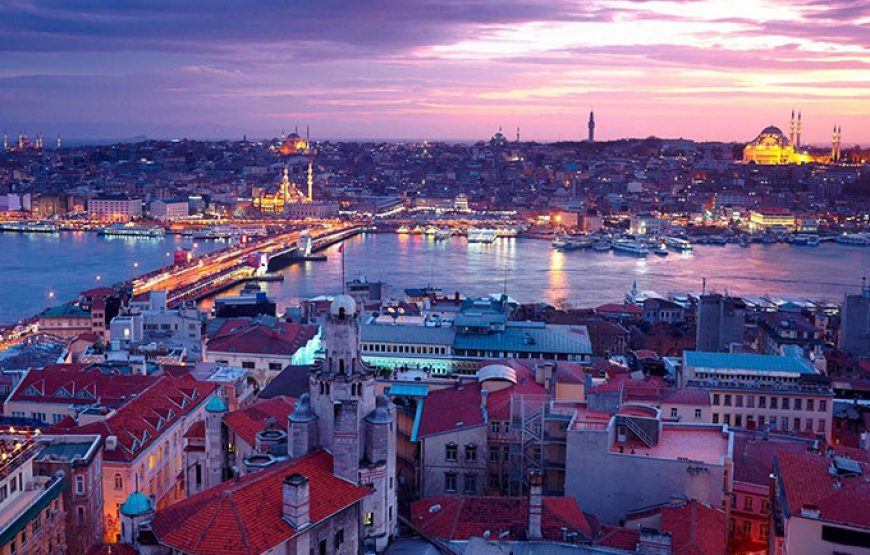
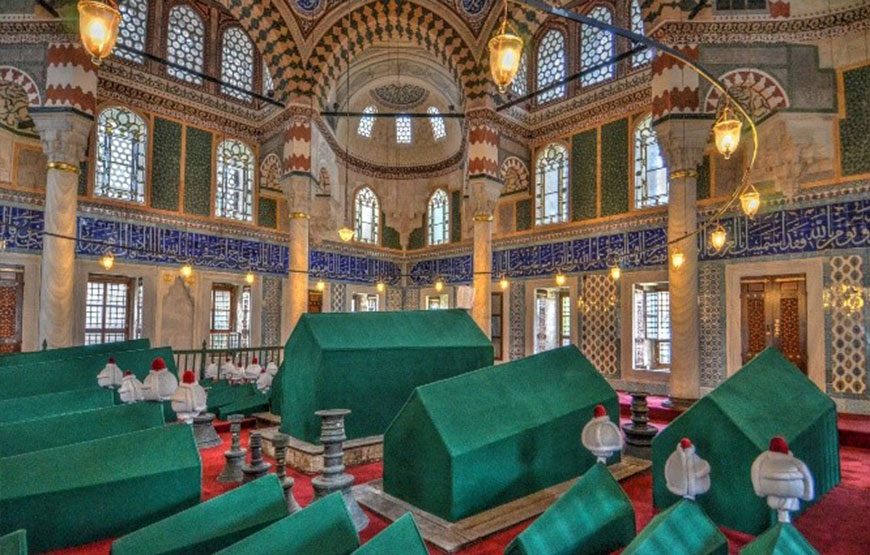
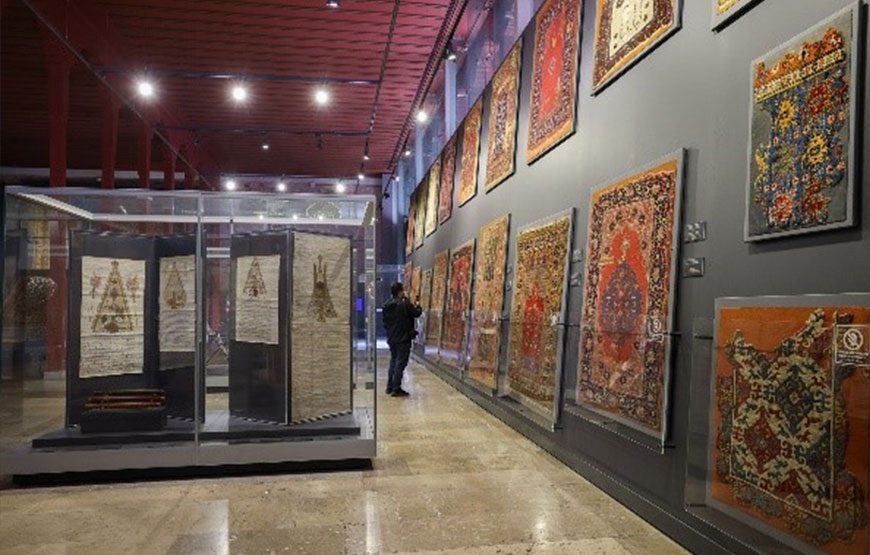
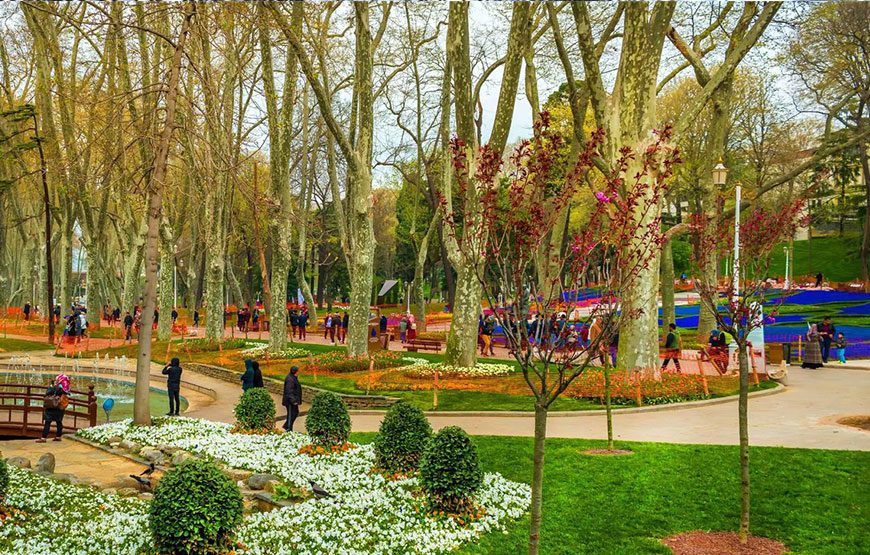
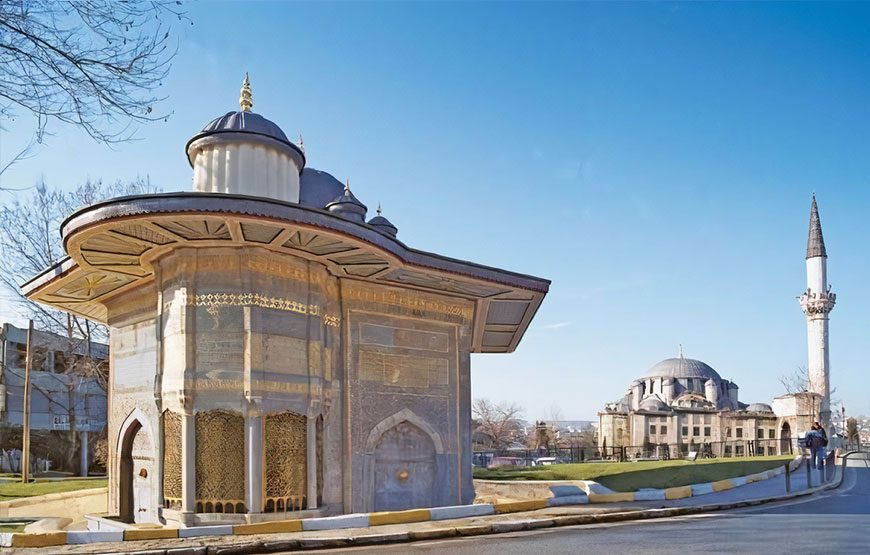


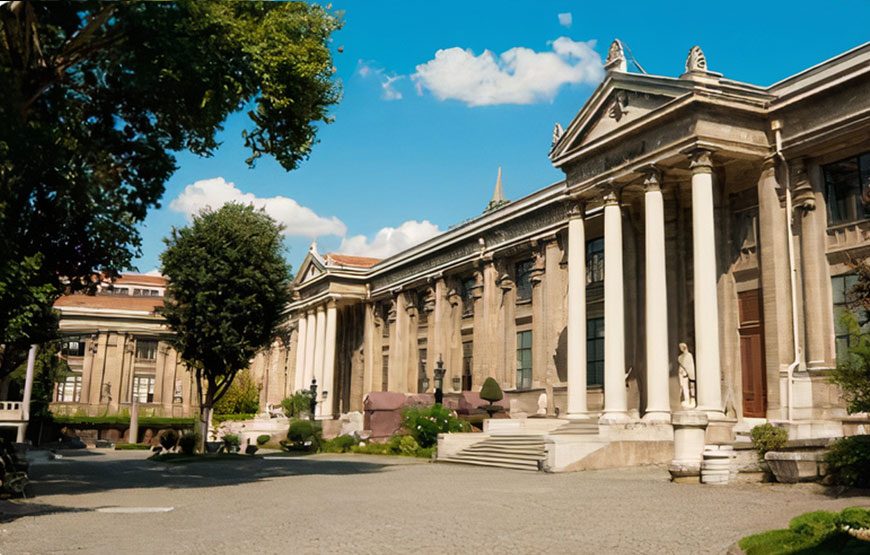
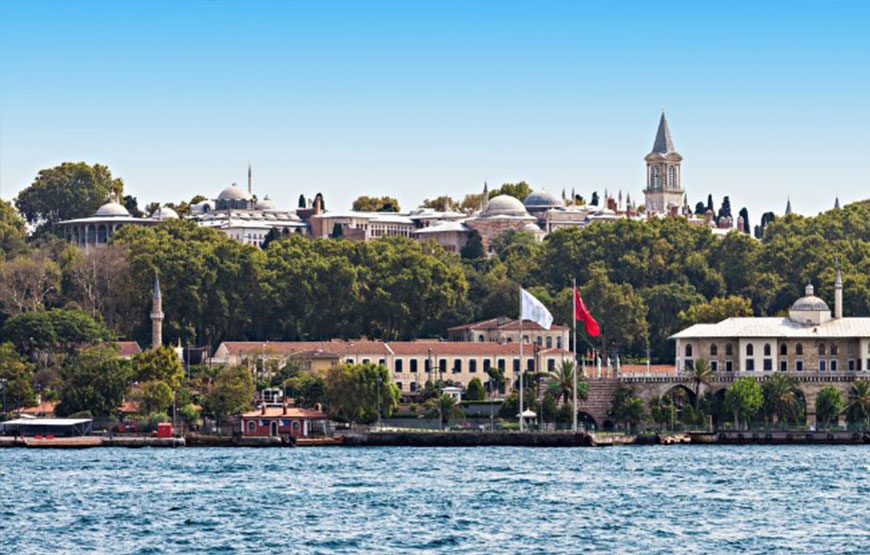
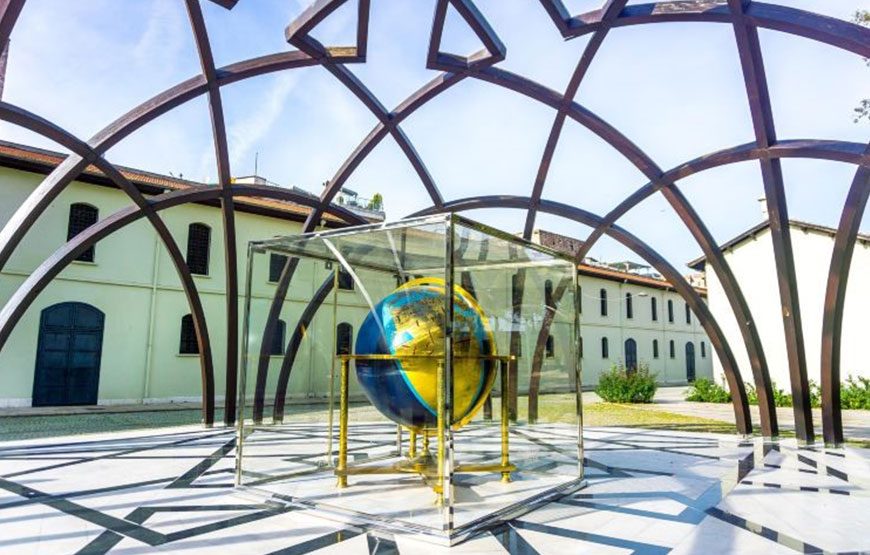

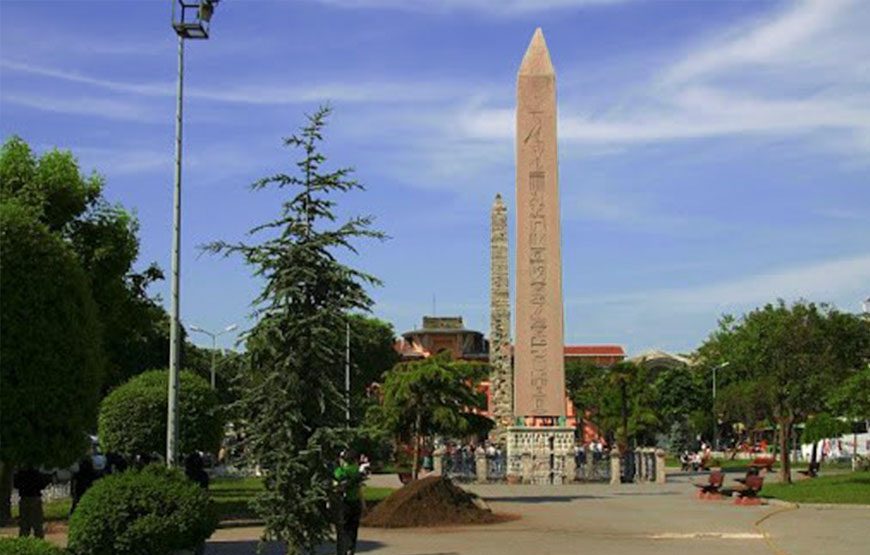
Small Hagias Sophia : Small Hagias Sophia mosque after the conquest of Constantinople by the Ottomans in 1453, the church remained untouched until the reign of Bayezid II. Then (between 1506 and 1513) it was converted into a mosque.
Hippodrome : Hippodrome it is heart of the historical center of istanbul with three original monuments left from the original Hippodrome such as the Egyptian (Obelisk of Theodosius), the Serpentine Column and Bronze Column (Constantine Column)
Sultan Ahmet mosque (Blue Mosque) : The Blue Mosque was commissioned by Sultan Ahmet I when he was only 19 years old. Construction work began in 1609 and finished in 1616.
Turkish and Islamic Works Museum : is the first Turkish museum covering the Turkish and Islamic art works wholly. The establishment works that have been started at the end of the 19th century have been completed in 1913.
Hagia Sophia : Sultan Mehmet II converted it into his imperial mosque and served as the principal mosque of Istanbul in1453. This mosque has been centre of worship for Muslims for 500 years.
Fountain and sabil of Ahmed III : It is a square structure with a sabil in each corner. In the centre is an octagonal water tank encircled by a corridor.
Topkapi Place : Initial construction began in 1459, ordered by Mehmet II, the Conqueror and it was official and primary residence in the city of the Ottoman Sultans for 400 years of their 624-year reign, from 1465 to 1856.
Hurrem Sultan Hammai : was built in 1556 by the famous Ottoman architect Mimar Sinan opposite Hagia Sophia on behalf of the wife of Sultan Suleiman, Hürrem Sultan.
Sultan Ahmed I and Family Graveyard : This is the Tomb of a great Sultan of the Empire and there also some other relatives buried beside.
Istanbul Archaeological Museum : Which is first regular museum appearing in the history of Ottoman Empire and in Turkey, has about a million artifacts from a variety of cultures, brought from the imperial lands.
Museum history of Islamic science and technology : The museum consists of 12 sections including astronomy, clocks and marine, war technology, medicine, mining, physics, maths and geometry, architecture and city planning, chemistry and optics, geography and cinevision screening room.
Gülhane Park : was once part of the outer garden of Topkapı Palace and mainly consisted of a grove. A section of the outer garden was planned as a park by the municipality and opened to the public in 1912.

Small Hagias Sophia : Small Hagias Sophia mosque after the conquest of Constantinople by the Ottomans in 1453, the church remained untouched until the reign of Bayezid II. Then (between 1506 and 1513) it was converted into a mosque.
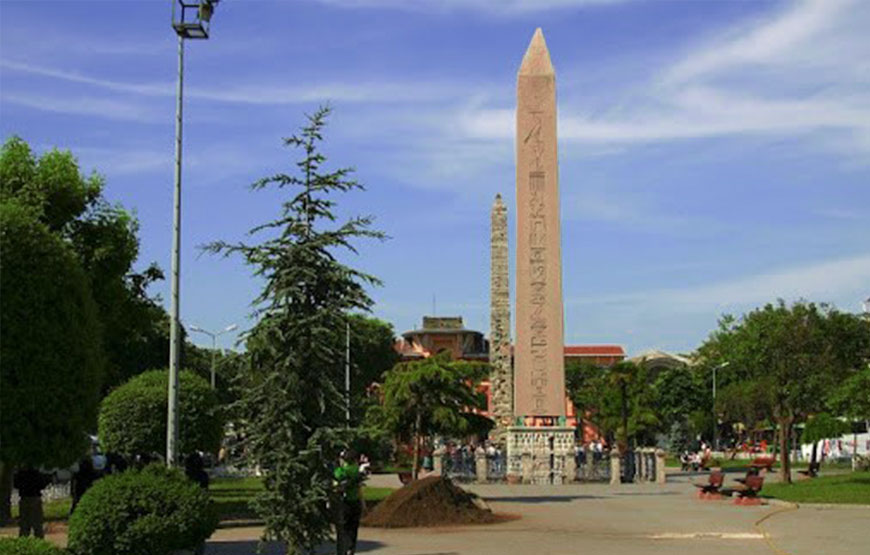
Hippodrome it is heart of the historical center of istanbul with three original monuments left from the original Hippodrome such as the Egyptian (Obelisk of Theodosius), the Serpentine Column and Bronze Column (Constantine Column)
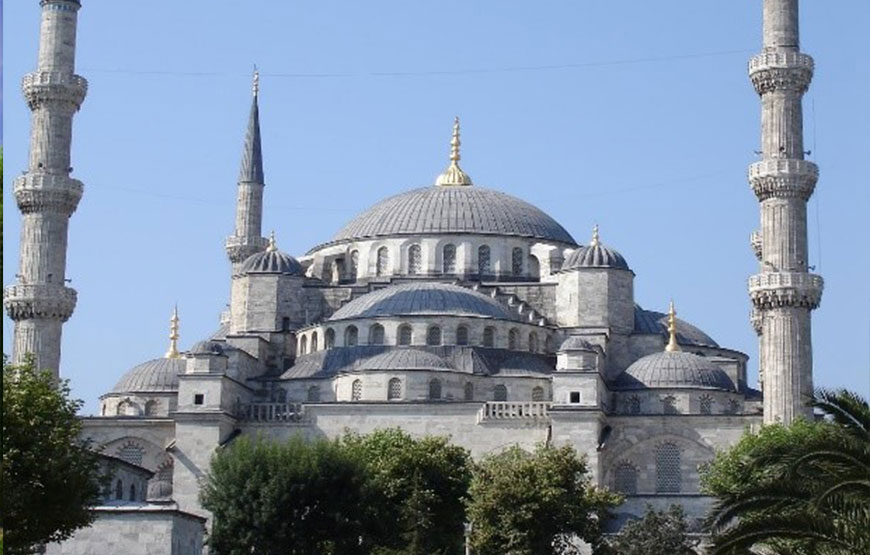
The Blue Mosque was commissioned by Sultan Ahmet I when he was only 19 years old. Construction work began in 1609 and finished in 1616.

Turkish and Islamic Works Museum is the first Turkish museum covering the Turkish and Islamic art works wholly. The establishment works that have been started at the end of the 19th century have been completed in 1913.

Hagia Sophia Sultan Mehmet II converted it into his imperial mosque and served as the principal mosque of Istanbul in1453. This mosque has been centre of worship for Muslims for 500 years.

It is a square structure with a sabil in each corner. In the centre is an octagonal water tank encircled by a corridor.

Topkapi Place : Initial construction began in 1459, ordered by Mehmet II, the Conqueror and it was official and primary residence in the city of the Ottoman Sultans for 400 years of their 624-year reign, from 1465 to 1856.

Hurrem Sultan Hammai was built in 1556 by the famous Ottoman architect Mimar Sinan opposite Hagia Sophia on behalf of the wife of Sultan Suleiman, Hürrem Sultan.

Sultan Ahmed I and Family Graveyard : This is the Tomb of a great Sultan of the Empire and there also some other relatives buried beside.
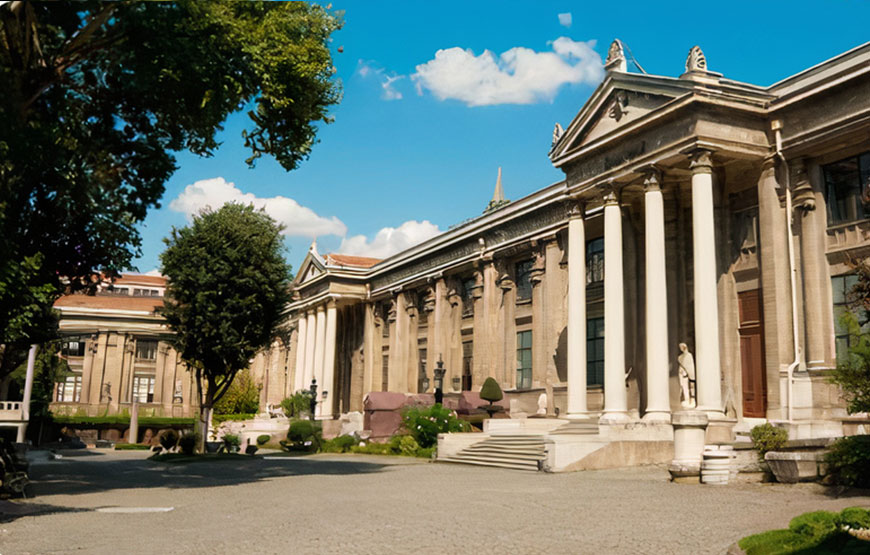
Istanbul Archaeological Museum : Which is first regular museum appearing in the history of Ottoman Empire and in Turkey, has about a million artifacts from a variety of cultures, brought from the imperial lands.

Museum history of Islamic science and technology : The museum consists of 12 sections including astronomy, clocks and marine, war technology, medicine, mining, physics, maths and geometry, architecture and city planning, chemistry and optics, geography and cinevision screening room.

Gülhane Park was once part of the outer garden of Topkapı Palace and mainly consisted of a grove. A section of the outer garden was planned as a park by the municipality and opened to the public in 1912.
A travel agent takes all of the headache out of planning a trip and handles virtually all aspects of your travel, at absolutely no cost to you. The combined experience of the team and the feedback from our thousands of travelers provides an invaluable resource to the traveler planning an important trip.
Yes, we work within any and all realistic budgets, and an honest sharing of ideas and goals helps us immensely when making recommendations and suggested edits to travel plans.
No, there is no fee for our vacation planning services as the travel vendors involved recognize our value and compensate us from the gross amount paid (what you would have paid even without our assistance). For those complicated international itineraries that require custom crafting and significant involvement of our international on-location partners, we do request an intent-to-travel deposit to begin the process. This deposit is applied to the reservations that are made on your behalf.
Call us right away.
Alamgir Tours products can only be booked online or over the phone. It is recommended you pre book your travel services to avoid disappointment as many of the tours and products are popular, and can be sold out early. If you wish to wait and book at the destination, you can do this, but we would like to remind you that last minute bookings (last 3 days before the departure date of the services) can not be done online.
Leave a review